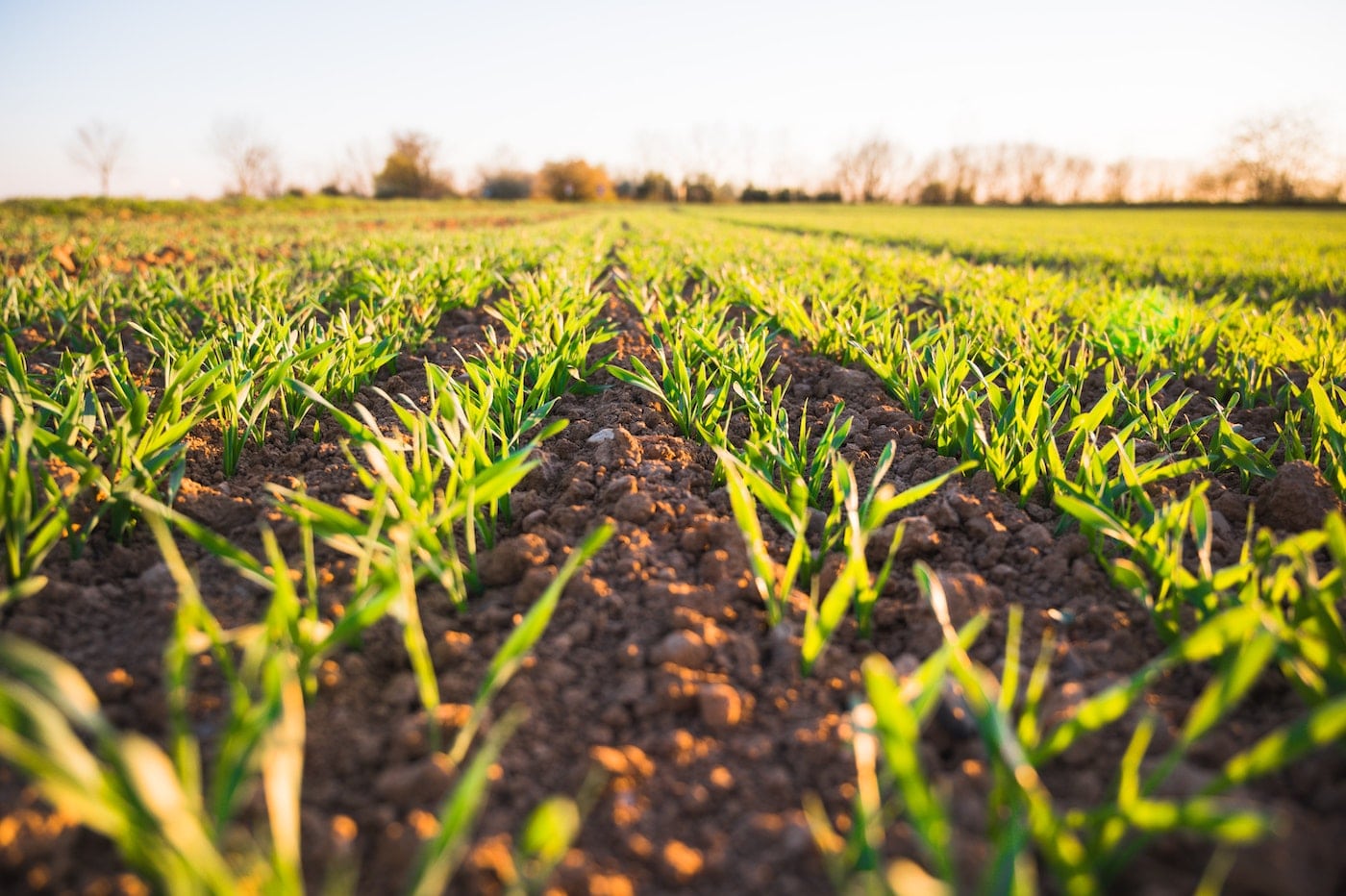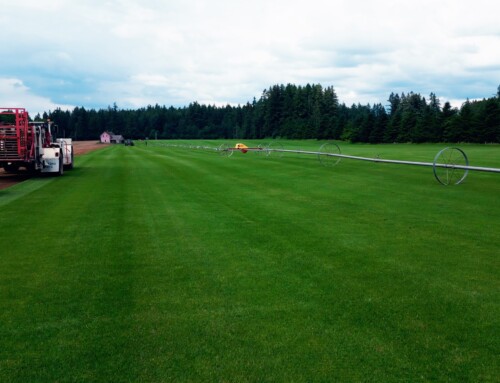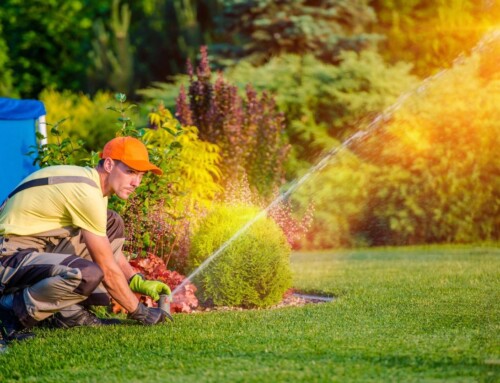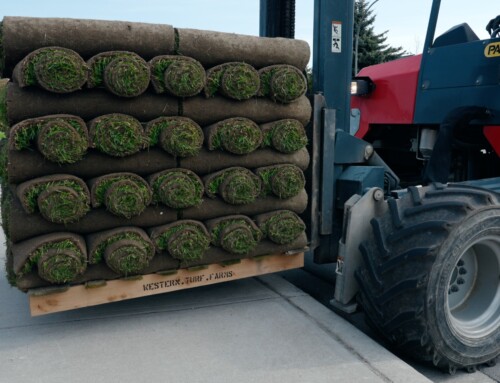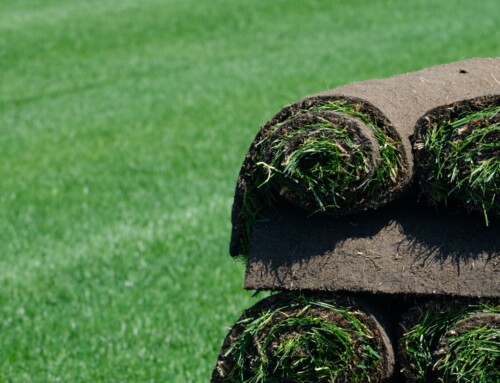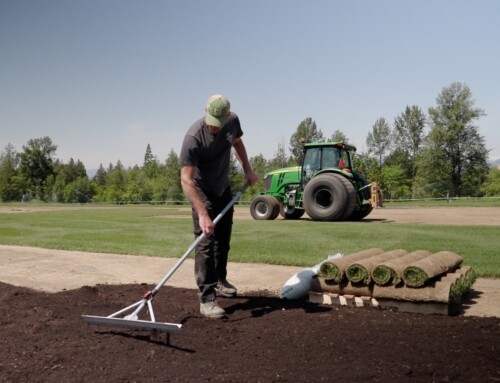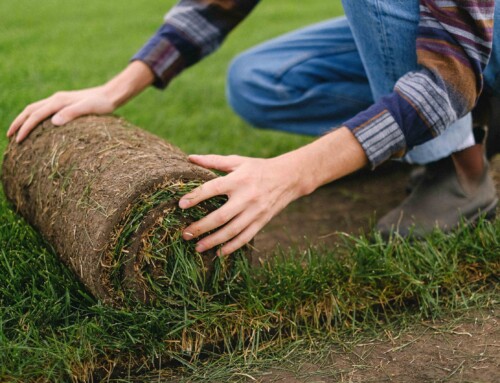When you lay new sod, you do so with the expectation of having a beautiful, lush, healthy new lawn. There are several steps that you’ll take to provide the best possible start but one that you shouldn’t overlook is adding the best combination of fertilizer for new sod.
Every lawn is dependent on receiving the proper nutrients to reach its full potential, but new sod, in particular, can use a hand to establish a good rooting system.
The right kind of fertilizer can be applied the day of your sod’s installation. You should carefully select one that is specifically designed to meet the needs of new sod.
What Are the Needs of New Sod?
Most of the lawn fertilizers that you will find include high levels of nitrogen, but too much nitrogen is not a good choice for new sod. What you should be looking for is one that contains phosphorus, potassium, and carbon.
Phosphorus
Phosphorus is an essential nutrient that helps with the transfer of energy in plants and acts as a source of energy. Having phosphorus present in the soil promotes strong root growth, allowing the sod to connect with the soil underneath. If your grass does not have enough phosphorus, it will not grow properly and will likely become discolored, with areas that are especially dark, appearing almost brown or black.
Potassium
Potassium offers several benefits to your lawn. It helps to keep your lawn generally healthy and less prone to disease and stress. It also helps your lawn become more drought resistant. Cool-weather grass benefits from potassium as it helps it to survive weather changes, whether that’s extreme heat from the summer sun, or freezing winter conditions. It is one of the main ingredients in winterizing treatments, as it can prepare your lawn for the coming cold.
Potassium fertilizer for new sod benefits grass by assisting with water and nutrient uptake. It also helps grass to build thicker cell walls, strengthening the plant against many types of stress. A potassium deficiency can lead to slow growth, poor root development, and yellowing.
Carbon
Plants use carbon in the form of carbon dioxide, taking it from the air, but they can also benefit from carbon in your fertilizer. Amending soil with carbon aids with general plant health and also reduces water pollution, drains well, and is beneficial to several useful insects. Additionally, carbon helps create structure in the soil, providing resistance to physical degradation, and increases microbial activity.
While each of these elements is important to the well-being of your lawn, it is possible to add too much. This makes it important to carefully consider your options for fertilizer. You will also want to consider the time of year at which your sod is installed. Will it need preparation for cold weather or a hot summer?
A starter formula that is high in phosphorus is a good choice, allowing for the establishment of healthy roots, vital to creating a healthy lawn. You may also want to confirm with your sod supplier if the sod was already fertilized, to avoid overdoing it.
Talk to our team for recommendations on the best grass seed blend for your needs – whether you need a lawn for a residential property or turf delivered for a commercial location or sports field. Time of year, expected amount of sun, and your initial soil composition are all factors to consider. Grass needs a “balanced diet” to thrive, and with the best fertilizer for new sod combination, your new turf will grow from day one.
At Western Turf Farms, our professionals can recommend the best fertilizers to ensure your new turf grows & thrives in the crazy west coast climate.

